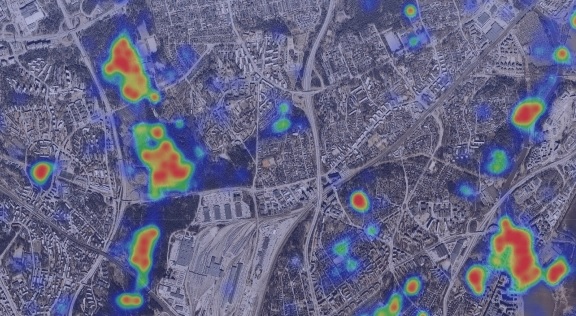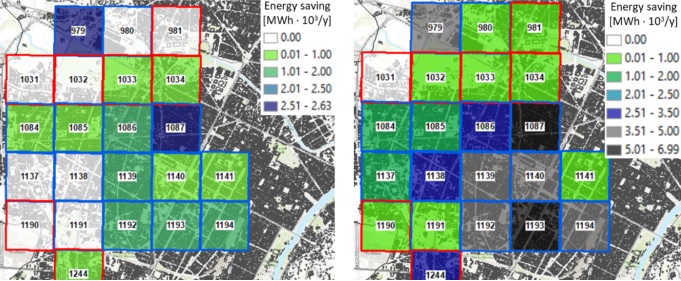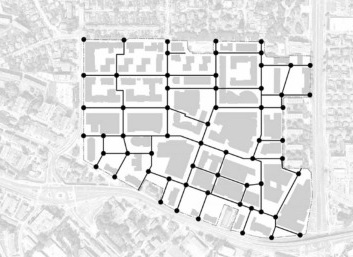Our Research
Graduate Funding Opportunities
Fully Funded Masters Position (Domestic Students ONLY)

Urban Biometeorology for Enhanced Citizen Well-being
This research focuses on integrating biometeorological principles into urban planning to improve public health and comfort. By analyzing the interactions between urban environments and atmospheric conditions, strategies can be developed to mitigate adverse weather impacts on residents.

Energy-Efficient Urban Fabric Design
This area explores the selection of materials, textures, and colors in urban construction to enhance energy efficiency. By understanding how different materials interact with environmental factors, urban planners can design buildings and spaces that reduce energy consumption.

Enhancing Urban Walkability in Sprawling Cities
This research aims to improve walkability in sprawling urban areas by identifying and addressing barriers to pedestrian movement. Enhancing walkability promotes healthier lifestyles and reduces reliance on vehicles.

Age-Friendly Cities
This area focuses on advancing socially sustainable urban planning through the lens of age-friendly cities. It integrates spatial data analysis with participatory research to understand how urban form, accessibility, and neighborhood design influence the mobility, safety, and well-being of older adults. By combining geospatial modelling with community co-design, this area of research within our lab identifies spatial inequities, prioritizes inclusive planning interventions, and supports evidence-based decision-making to create healthier, more connected, and equitable urban environments for aging populations.

Computer Vision in Urban Crime Prediction and Prevention

This research explores the application of computer vision technologies to predict and minimize urban crime. By analyzing visual data from surveillance systems, patterns can be identified to assist in proactive policing and resource allocation.

